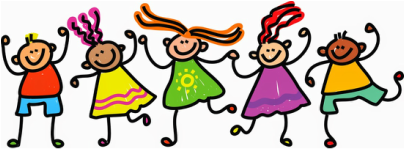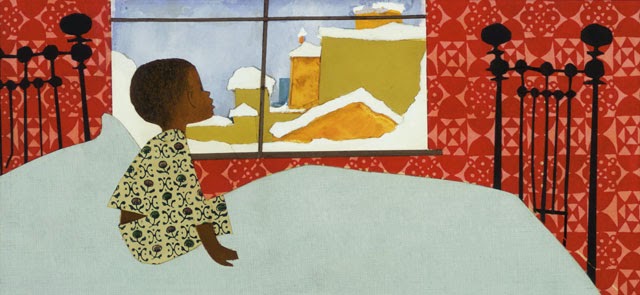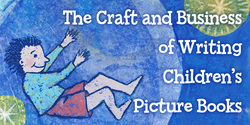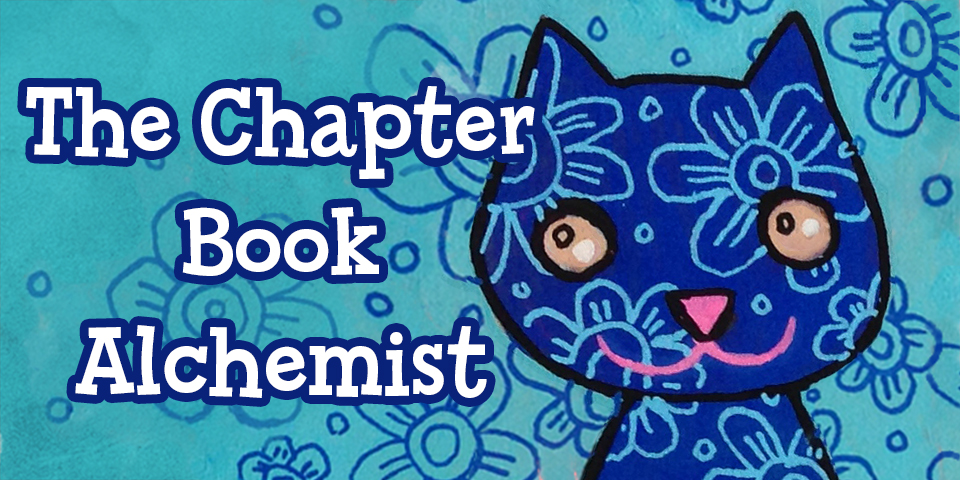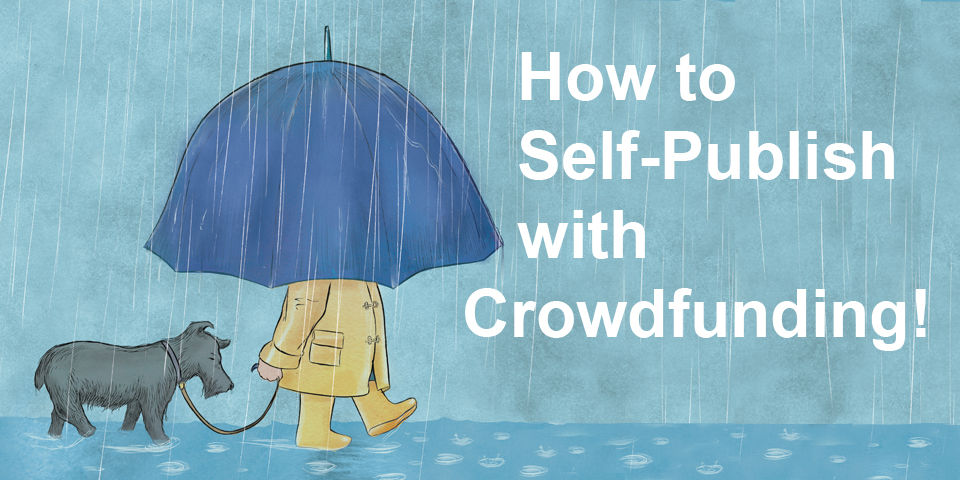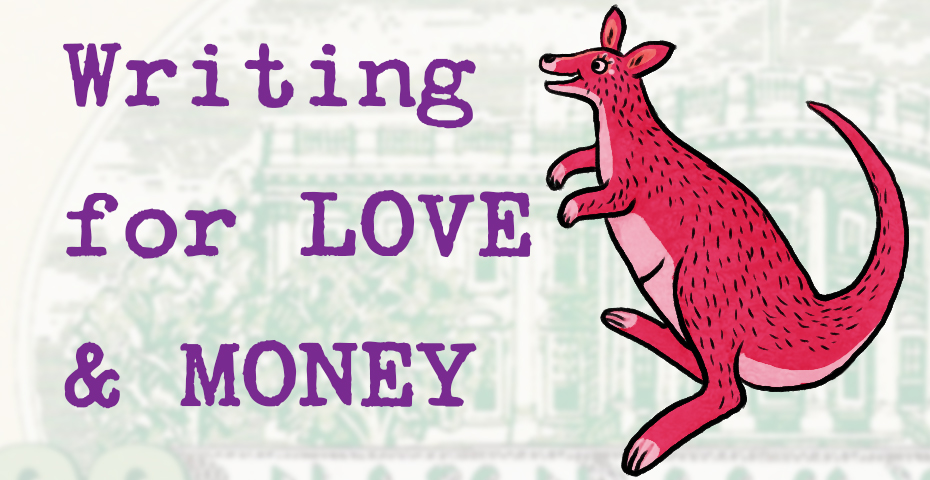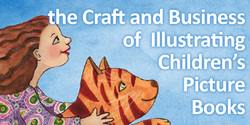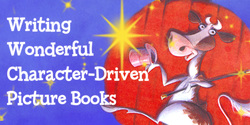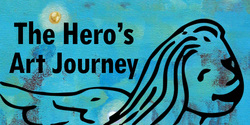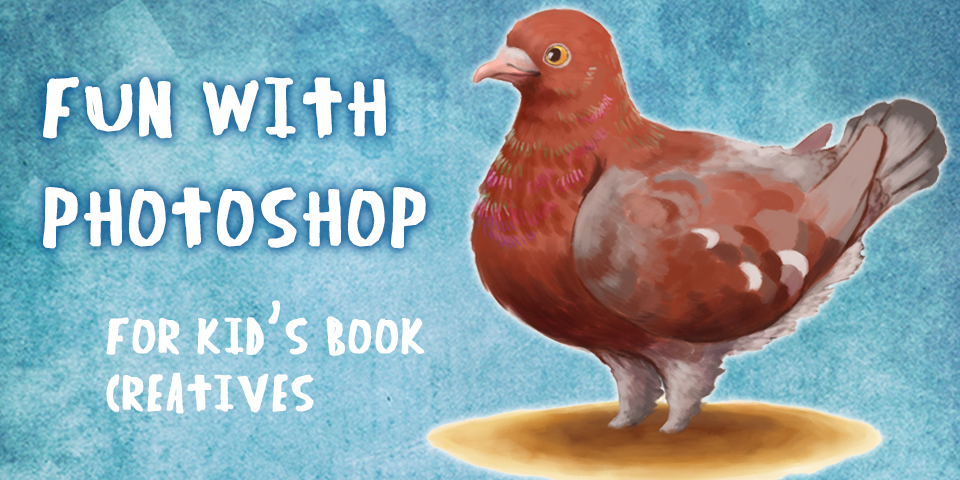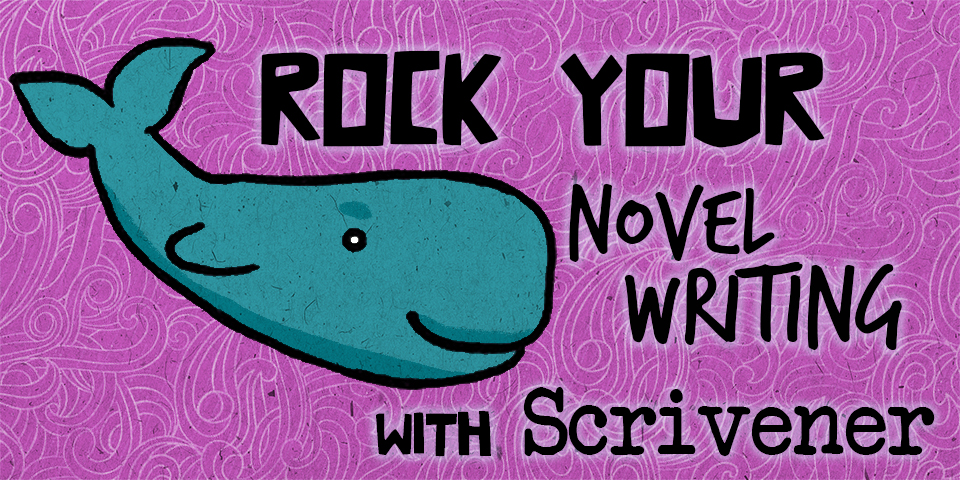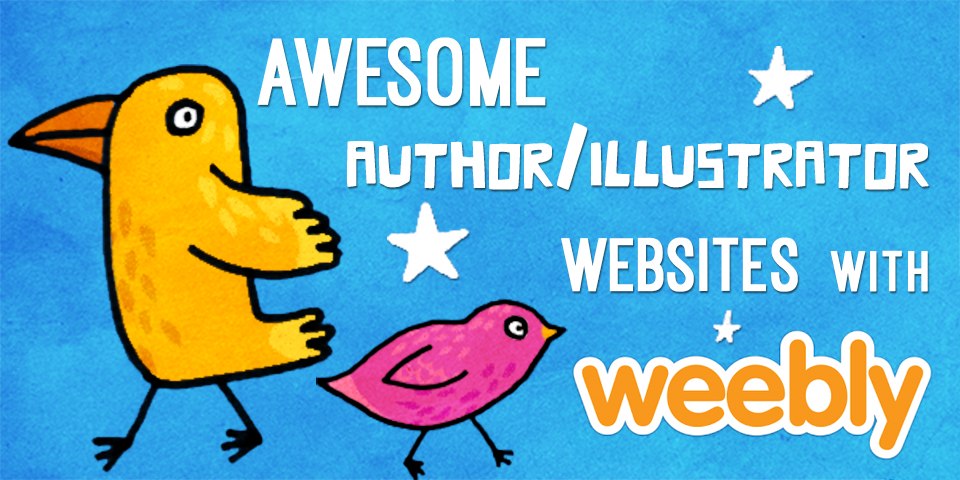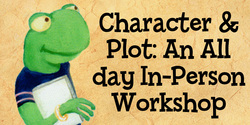|
At most of the writing and illustrating conferences or workshops that I've attended over the last ten years, the word "diversity" comes up a lot, mostly in the context that the publishing world needs more diverse books. Some editors and agents will say they want to see more main characters of color - those who are of some other race other than white, both in the text and in the illustrations. Others will say they'd like more stories with cultural themes or topics. So what's the big deal about diversity? 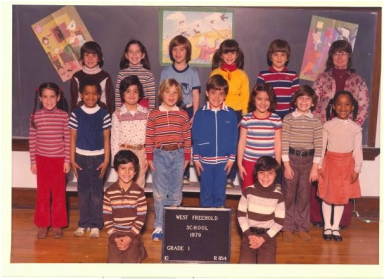 Well, for one thing the world is a diverse place. And the U.S is one of the most diverse countries in the world - if not THE most diverse one. Granted, there are still areas of the U.S. that have populations with predominantly one race or culture, but for the most part we live among hundreds of different languages and cultures every day, especially in areas like New York and California. I grew up in New Jersey where I was exposed to many different cultures, races, and languages all the time. Many of my friends were from different races or mixed, like me. Just look at my first grade picture - we look like an ad for Benneton! (I'm third from the right, second row.) 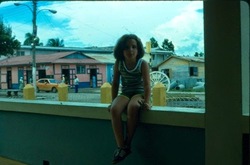 In my own household there was diversity - my mom is from England and my dad from the Dominican Republic. I used to visit my dad's family every summer and spend weeks immersed in the Dominican culture - speaking Spanish, eating Dominican food, dancing merengue, learning to live without running water or electricity, sleeping under a mosquito net, etc. (Me at my grandfather's home in the Dominican Republic) No matter where you live, the reality is that our country is unique because we have so many people of different cultures and languages represented. The sad part is, though, that I don't think we do enough to embrace that. Not just when it comes to books but also in schools. Countries in Europe have children learn two or three languages from the beginning of their schooling. Yet in the U.S, foreign language study is optional, and in few places do people promote bilingualism and biliteracy as a benefit to education. Many schools want to push non-English speaking children to learn and speak only English, to ignore their roots and culture while in school and "mainstream" into American culture - whatever they consider that to be. But with our country being so diverse, shouldn't we say that our American culture is really diverse, too? Some people might think that the term "diverse books" only means "multi-cultural books," meaning books about cultural events, like Nochebuena or Kwaanza or Passover, or books with plots and characters based on particular cultural practices, beliefs, or even stereotypes. But diverse books can also involve characters of color in every day situations, or children of mixed races. 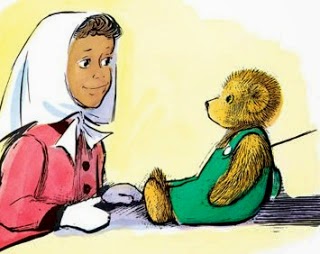 Think about Don Freeman's character of Lisa in "Corduroy" or Ezra Jack Keats character of Peter in "The Snowy Day," "Pet Show," and "Peter's Chair," to name a few. These were books written in the '60's - a decade at the height of segregation and racism - with characters of color in every day situations. 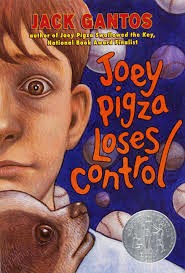 Diversity can be brought out in the character's background, socio-economic status or family life as well. Or diverse books can also deal with characters that have disabilities. Joey Pigza, for instance, is a character with ADHD. 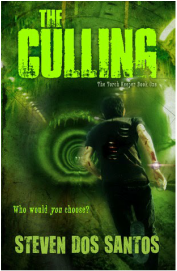 Books addressing LGBT issues or involving characters who are LGBT also fit in the diversity category, such as "The Culling" and "The Sowing," two amazing YA novels written by my good friend Steven dos Santos. Why don't we see more characters like these? We keep hearing that children need to relate to characters in books, to feel as though they can "see themselves" in the character. So shouldn't the books that kids read also reflect that diversity? Shouldn't kids see white children as well as kids of color on the cover of books, and characters that look like and act like them in the stories? The answer should be a clear YES. But just how many books out there really showcase this reality? Certain companies, like Lee and Low Books, are all about diversity. They market themselves as "an independent book publisher focusing on diversity." And other publishers have imprints or are working towards diversifying their book lists. Though I believe the trend to more diverse books is moving, it's still moving quite slowly. I know I'm doing my part - I love to create illustrations with children of all types - that's actually how I was able to get my two book deals in 2014 and a more recent job illustrating a story for Click Magazine. When it comes to diversity, here's the advice I've heard from editors and agents: ~ don't rely on stereotypes ~ if you want to write or illustrate about characters of a different race or culture other than the one you're familiar with, do your research to get the facts and details right ~ your story should use the culture/language/race/disability to move the story OR it can just be an element within the story but with a purpose. In other words, don't force it or choose to add diversity for the sake of adding diversity. ~ your story should be one that every reader can enjoy, regardless of race or culture However you view diversity, it's important to think about it when writing or illustrating a story, or when you're choosing a story from the library for your kids or students. And take some time out to observe and absorb the diversity around you - it truly is great! For more information about diversity in books, here are some links to check out: SCBWI 2014 Los Angeles conference official blog - diversity panel discussion We Need Diverse Books Campaign American Booksellers Association article on promoting diversity in books The Hub - Publishers Speak Out About Diversity The Children's Book Council Diversity Committee Disability Studies Quarterly - Children's Literature That Includes Characters With Disabilities or Illnesses Chat about cultures with Mitali Perkins Diverse Book Reading List - NPR 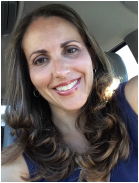 Angela Padron is a published illustrator of two books, including "The Hero in You" by Ellis Paul, as well as a Star Wars geek and chocolate chip cookie connoisseur. She also writes and illustrates her own picture books, board books, and chapter books. When she's not teaching, Angela works as a freelance writer and editor for educational publishers and spends weekends enjoying walks along the beach with her family. View her online portfolio at www.angelapadron.com. You can also "like" her facebook page, follow her on Twitter @angela_padron, and follow her own blog called "Show and Tell" with weekly posts about teaching, writing and illustrating books for children.
9 Comments
11/22/2016 04:44:11 pm
I have written, illustrated and crowd-funded self-publishing a children's book about the refugee crisis featuring LGBT and multi-race characters. The book is being in sold in aid of the refugee movement. Do you have any advice for promoting self-published projects about diversity or children's publishers that might consider taking the project further?
Reply
11/22/2016 04:44:21 pm
I have written, illustrated and crowd-funded self-publishing a children's book about the refugee crisis featuring LGBT and multi-race characters. The book is being in sold in aid of the refugee movement. Do you have any advice for promoting self-published projects about diversity or children's publishers that might consider taking the project further?
Reply
11/22/2016 04:44:39 pm
I have written, illustrated and crowd-funded self-publishing a children's book about the refugee crisis featuring LGBT and multi-race characters. The book is being in sold in aid of the refugee movement. Do you have any advice for promoting self-published projects about diversity or children's publishers that might consider taking the project further?
Reply
11/22/2016 04:44:57 pm
I have written, illustrated and crowd-funded self-publishing a children's book about the refugee crisis featuring LGBT and multi-race characters. The book is being in sold in aid of the refugee movement. Do you have any advice for promoting self-published projects about diversity or children's publishers that might consider taking the project further?
Reply
11/9/2020 03:27:53 pm
This is a useful and excellent share. Will definitely share it with people I know.
Reply
Everyone’s first reading experience is often about fairytales, bedtime stories, and chapter books introduced by parents when we were children. Although they may seem simplistic, these stories have greatly helped each one of us in how we see, interpret, and interact with the world. It may not be evident, but storybooks have a place in any person’s life.
Reply
Leave a Reply. |
Meet the Friday Blogonauts
First Fridays will feature Bryan Patrick Avery, published writer , man of mystery, and professional magician among other things.
Second Fridays will feature awesome multi-award winning author Marsha Diane Arnold who will be writing about character-driven and/or nature-based books and/or anything she likes :) Third Fridays will feature independent Aladdin/Simon & Shuster editor Emma Sector who has helped bring many books into the world. Fourth Fridays will feature the great Christine Taylor-Butler who has published over 70 award-winning fiction and non-fiction and nonfiction books including the acclaimed new middle grade series - The Lost Tribes. Fifth Fridays will feature the fabulous Carl Angel award-winning multi-published Illustrator and graphic designer. Join our Tribe
and receive 7 Steps to Creative Happiness, access to free webinars, and lots more!
Your email addresses are always safe and respected with us. Follow our Blog!
Archives
January 2019
Categories
All
|
|
Discover
|
About Us
|
Join Us
Join our Community and receive a fabulous free gift, KidLit tips, newsletters, scholarship info, contests, and more!
Join our KidLit Mentorship |
Social Media
Interact with our FaceBook Group or follow us on:
|
© 2010-2024 All content on this website is copyrighted. Sorry, all courses are non-refundable.
